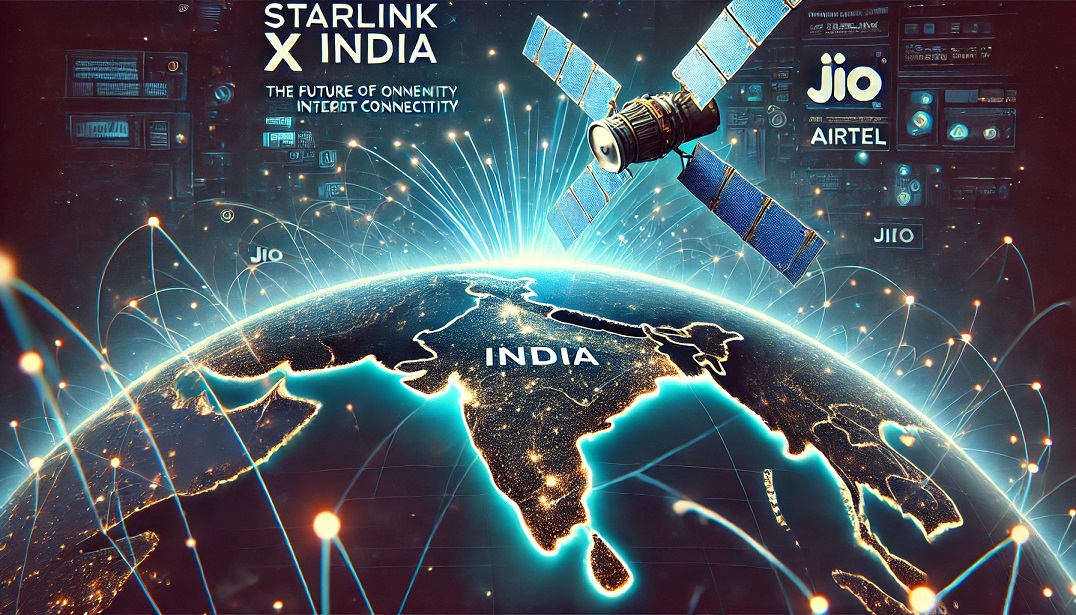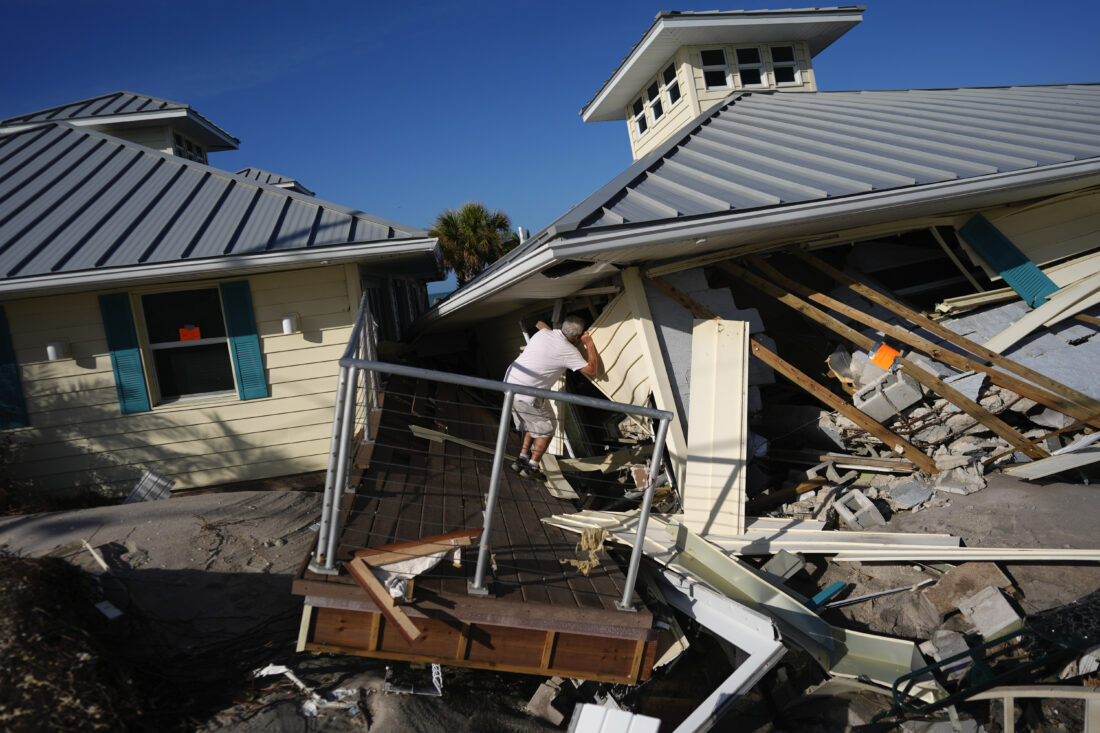🌐 Tehran Warns Iranians: Don’t Install Elon Musk’s Starlink Internet
June 23, 2025 | Internet News & Digital Sovereignty
In a rapidly escalating digital standoff, Iranian authorities issued a firm and public warning today against the use and installation of Elon Musk’s Starlink satellite internet service. With increasing reports that Starlink terminals are being smuggled into the country and activated underground, the Iranian government has declared such acts illegal, punishable by law, and even referred the issue to international regulators in an effort to maintain digital control over its citizens.
This announcement comes in response to a growing wave of unofficial Starlink usage following recent nationwide internet blackouts, and reflects deeper tensions between authoritarian internet governance and the emerging influence of decentralized, satellite-based internet systems.
🚨 What Happened? The Government's Clear Message
Early today, Iran's Ministry of Information and Communications Technology (MICT) officially warned citizens to avoid purchasing, importing, or activating Starlink terminals. The warning, circulated through state media and government channels, emphasized that Starlink is unauthorized and illegal in Iran. The ministry further stated that any form of use or assistance in setting up the devices will be treated as a violation of national cybersecurity laws.
The Iranian government has requested the International Telecommunication Union (ITU) to support its stance by blocking or disabling Starlink terminals within the country. Tehran accuses Starlink of enabling unregulated access to global networks, circumventing firewalls, and undermining state infrastructure. The pressure has now reached the global arena as Iran urges the ITU to penalize the technology through its legal jurisdiction.
🛰️ Understanding Starlink: The Basics
Starlink is a low Earth orbit satellite constellation developed by Elon Musk’s company SpaceX. It provides high-speed broadband internet by bouncing signals between satellites and ground terminals. Starlink is particularly effective in remote or disrupted areas, which has made it invaluable in regions hit by natural disasters or war.
With just a terminal dish and an app, users can bypass traditional cables, towers, and local ISPs. This independence is exactly what makes Starlink revolutionary—and controversial—in restrictive environments like Iran.
⚙️ The Trigger: Iran’s Nationwide Internet Blackout
Earlier this month, Iranian authorities carried out one of the most comprehensive internet blackouts in the nation’s history. Triggered by security concerns following military escalations in the Middle East, the blackout saw 97% of the country’s internet traffic halted, leaving citizens unable to access news, communication platforms, or banking services.
This move sparked outrage both domestically and internationally. It wasn't the first time such blackouts occurred, but this time, it was followed by something new: Elon Musk activated Starlink coverage over Iranian airspace, essentially reactivating internet access for anyone with a dish.
Musk’s announcement was brief and cryptic—just three words posted to X (formerly Twitter):
“The beams are on.”
For many Iranians, this became a symbol of hope and defiance. For the Iranian government, it was an act of digital intrusion.
📡 How Starlink Bypasses Government Control
Starlink operates independently of terrestrial ISPs. It connects directly to satellites via terminals, making government censorship tools ineffective. Users can access any website, download any app, and communicate globally without interference or surveillance.
This technology makes it extremely difficult for authoritarian governments to control the flow of information. Iran has long relied on methods like URL filtering, VPN crackdowns, and nationwide throttling. None of these apply to a working Starlink terminal.
Government officials now fear that a growing underground network of Starlink users could embolden dissent, leak information outside the country, and organize civil resistance more effectively than ever.
🛑 Iran's Legal Position: Digital Sovereignty vs. Global Access
Iran’s main argument lies in digital sovereignty. Officials assert that Starlink is operating illegally within Iranian borders, having received no license or authorization. They further contend that international law supports their right to control foreign telecommunications within national boundaries.
By appealing to the International Telecommunication Union, Iran hopes to pressure SpaceX and its international registry partners to comply with territorial restrictions. In previous months, ITU bodies have upheld similar complaints, requiring satellite operators to block services in unlicensed countries.
Iran is now demanding the deactivation of all Starlink terminals within its territory, either through signal blocking or IP identification. It’s a bold move that may spark diplomatic disputes, especially if SpaceX refuses to comply.
🔐 National Security or Global Censorship?
Iran’s justification for the crackdown is national security. Officials claim that foreign-controlled satellite internet poses espionage risks, can be used to coordinate unrest, and threatens cultural and ideological values.
However, critics argue that this is simply a new layer of state censorship and control. By cutting off Starlink, they say, the government aims to suffocate free expression and silence political dissent, especially as economic challenges and geopolitical pressures mount.
This is not the first time Iran has clashed with open internet tools. Previous battles have involved VPN networks, Telegram, WhatsApp, Instagram, and countless blogs. But Starlink is unique in its ability to physically escape state jurisdiction.
🌍 The Global View: What Other Countries Are Watching
Governments worldwide are closely observing Iran’s handling of Starlink. In particular, nations like India, Pakistan, China, Russia, and Turkey—which also regulate or restrict foreign tech services—are using this case as a reference point.
India, for example, has delayed the licensing of Starlink services until SpaceX meets its regulatory requirements. Pakistan has made similar statements. If Iran succeeds in pressuring international bodies to intervene, it could embolden other governments to adopt more aggressive anti-satellite internet policies.
Conversely, human rights advocates see this as a warning. If one country is allowed to shut down open access tools using international mechanisms, what stops others from following suit?
💡 The Tech Side: Why Starlink Is So Hard to Stop
Starlink isn’t easy to block. Unlike traditional internet providers, it doesn't rely on local servers or data centers. As long as someone has the equipment and the sky above them is clear, the satellite signal can reach them.
Even if the government tries to jam the signals, doing so is extremely expensive and technologically difficult. SpaceX can also update its software remotely, shifting frequencies or encrypting transmissions.
Iran’s best chance of stopping the spread lies in detecting and confiscating physical dishes. That means house-to-house inspections, aerial surveillance, and monitoring online forums for tips about where terminals are located. In a country with tens of millions of tech-savvy citizens, this is a nearly impossible task.
🧠 The People’s Perspective: Risk vs. Reward
For many Iranians, the idea of being connected—free from filters, censors, and firewalls—is worth the risk. Young entrepreneurs, students, journalists, and activists have become the core users of black market Starlink kits, often paying high prices to access the free web.
Some import the equipment through neighboring countries. Others rely on contacts in the Iranian diaspora. In underground circles, Starlink activation has become a symbol of rebellion, freedom, and resistance.
But this access doesn’t come without consequences. Arrests have been made. Equipment has been seized. Public campaigns have started, accusing users of “collaborating with foreign enemies” or “endangering national security.”
The stakes are high, but so is the hunger for truth.
📊 The ITU Dilemma: Regulation vs. Rights
The International Telecommunication Union has a difficult decision to make. On one hand, it is legally bound to respect national sovereignty and telecommunications laws. On the other, it also supports principles of universal access, freedom of information, and disaster communication.
As Iran files formal complaints, the ITU must weigh whether Starlink's emergency activation during a blackout was a violation or a necessary humanitarian response.
Some tech and rights organizations are lobbying the ITU to classify satellite internet as an emergency communication tool, exempt from territorial blocks in situations involving human rights risks or information blackouts. If successful, this could create new global protections for technologies like Starlink.
✍️ What This Means for Bloggers, Journalists, and Digital Creators
If you run a blog, news platform, or digital space focusing on freedom of speech or emerging technology, this story is more than just another tech update. It’s a test case—a defining moment for how the future of internet freedom could unfold across the globe.
Writers can use this event to spark deeper conversations about:
– Access to uncensored information in authoritarian regimes
– The role of private tech in global human rights
– The limits of state control in the face of evolving internet models
– The risks faced by everyday people seeking honest communication tools
It’s a story that blends politics, innovation, courage, and complexity—and your audience will connect with its human side.
📣 Final Thoughts: Who Owns the Internet?
The standoff between Tehran and Elon Musk’s Starlink isn’t just about technology—it’s about who controls the truth. At a time when information can shift power, governments want to lock it down. But tools like Starlink are challenging the very idea of borders.
Will international regulators protect sovereign control—or will they defend the right to be connected?
As the digital divide deepens between free and controlled internet systems, this case will likely become a reference point for years to come.
One thing is certain: in the age of satellites, the internet is no longer bound to the ground.

















Comments 0